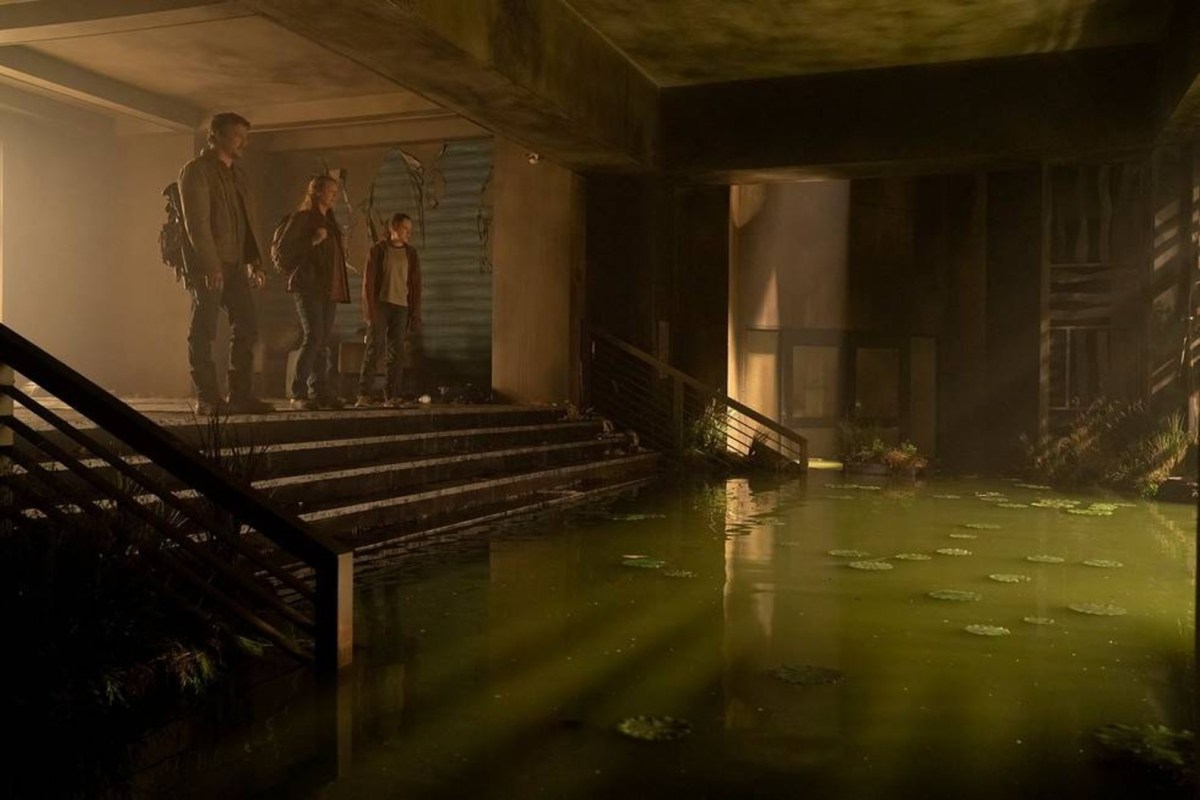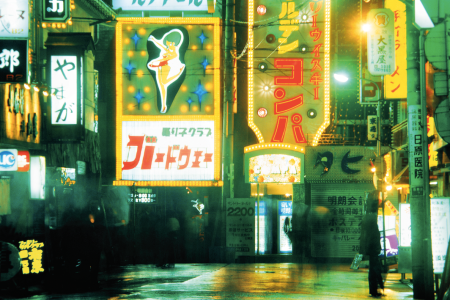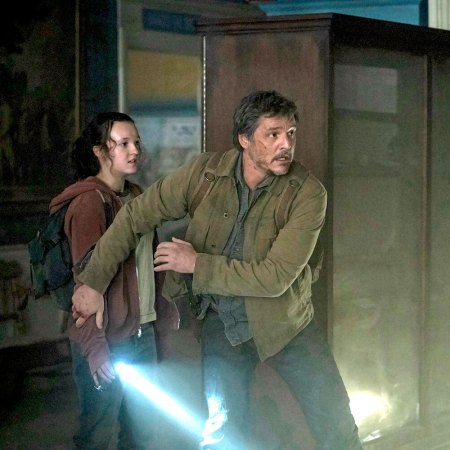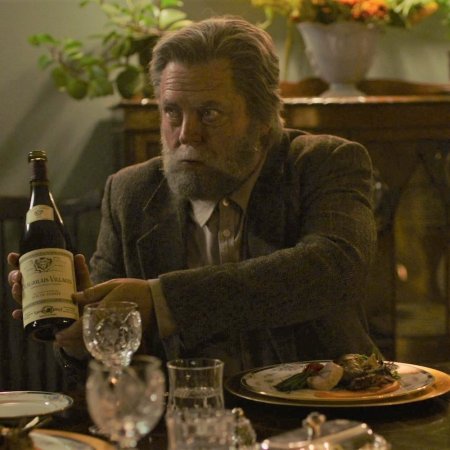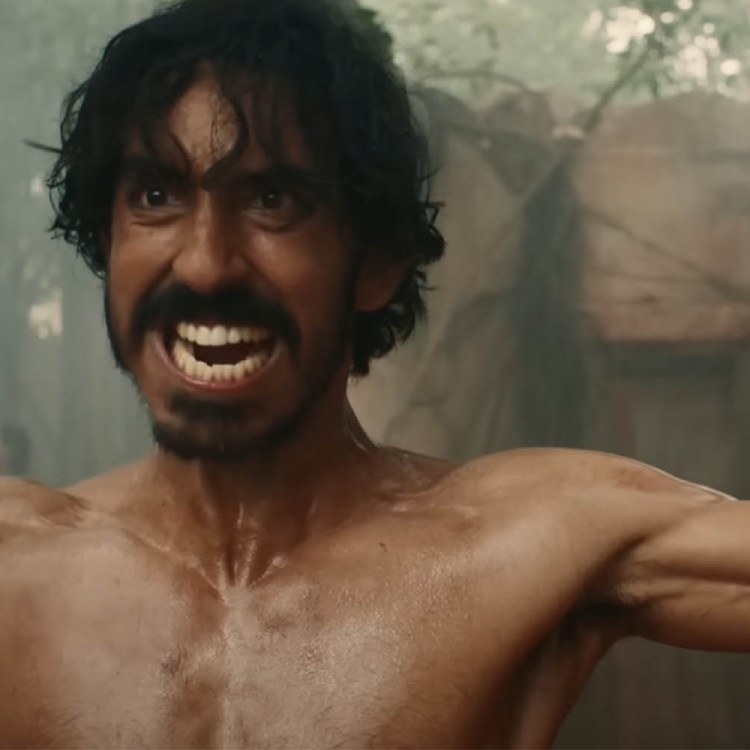The Last of Us has become a bona fide hit for HBO, pulling off the rare feat of adapting a video game in a dramatically interesting way. (Though not the only one; I will happily talk your ear off about Werewolves Within being quite underrated.) Some of the reasons for its hit status is due to its writing, direction and acting. But the distinctive look of the series goes beyond that, evoking a landscape where civilization as we know it ended years earlier.
What does it take to turn that concept into a physical reality? In an interview with Dezeen, The Last of Us production designer John Paino — who also worked on The Leftovers, another acclaimed drama about a traumatized and transformed society — discussed the real-world architecture that informed the show. In the interview, he clarified that the vast majority of the film’s sets are real, saying, “95 percent of our interiors are built.”
In Paino’s case, that involved looking into very specific living spaces. Or, as he said in his interview with Dezeen, “I looked at a lot of references for tenements, council housing, people in slums, people who were forced to live in camps in Gaza – how do people make do in these places?”
Haunting Photos Show the Gritty Side of 1970s Tokyo
Images from Greg Girard’s “Tokyo-Yokosuka 1976-1983”Paino also pointed to the challenges of making buildings look believable with years of no working infrastructure. In the case of one location in the show’s fifth episode, he noted, “we had to make it look like the house had been flooded for 20 years, wetting the wallpaper and so on.”
That, in turn, is something that many scientists and thinkers have spent plenty of time pondering. If you’ve ever read the book The World Without Us, which looks into what a lack of humans would do to the buildings and structures that humans created, you’ll probably have a sense of the challenges faced by Paino and his colleagues.
He also spoke about using bright colors in scenes set before the fungal pandemic devastated civilization. “[O]nce the electricity goes, those colors are not going to exist in our world,” he told Dezeen. It’s a thoughtful take on one of the year’s most talked-about shows.
Thanks for reading InsideHook. Sign up for our daily newsletter and be in the know.
